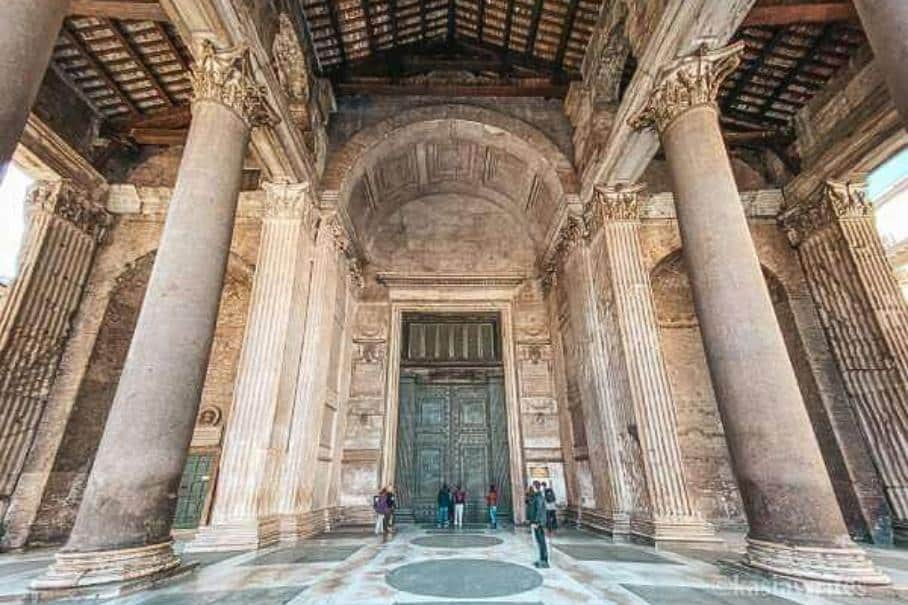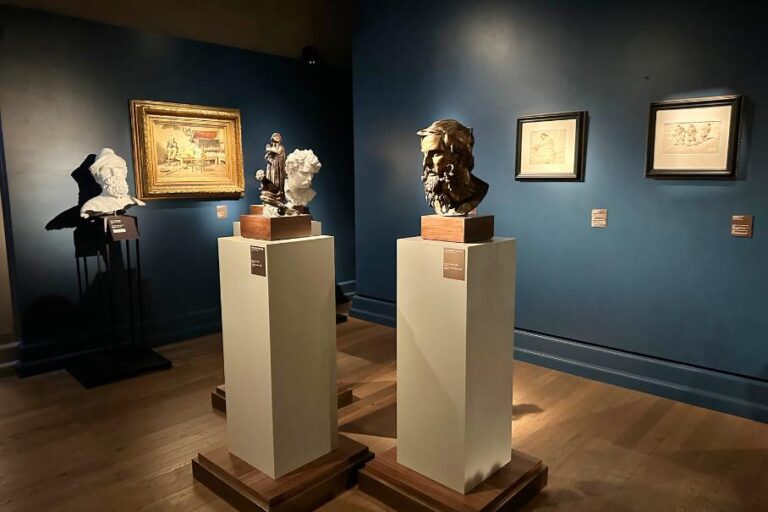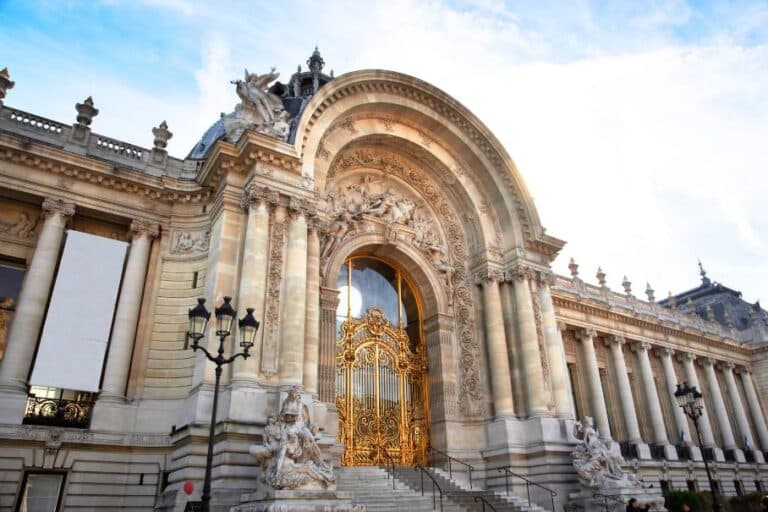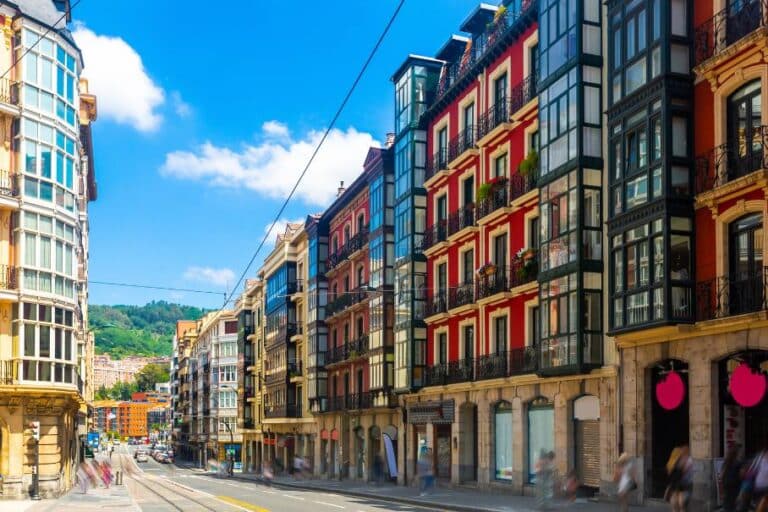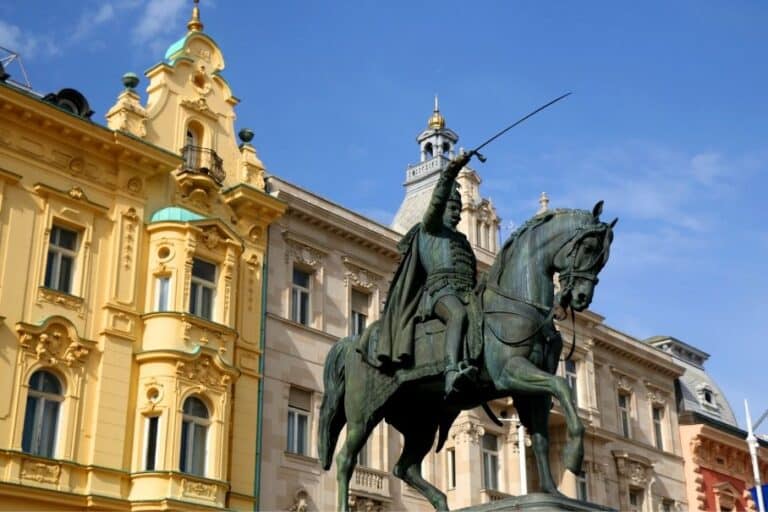The Timeless Genius of Roman Architecture
Roman architecture changed the world in ways that even the Romans couldn’t predict. While other civilizations constructed grand monuments, Roman construction revolutionized building techniques and left a lasting legacy. Roman builders didn’t invent construction but improved existing methods and styles by leaps and bounds.
The glory that was once the Roman Empire might be gone, but its legacy lingers. You can find its influence all over the world. The monuments, buildings, and extensive ruins we see today are all testaments to the innovation and durability of Roman construction, which changed the way we built. Not only did the Romans revolutionize architecture, but they continuously influenced other styles long after their empire fell from power.
Why is Roman architecture important?
As they say, Rome wasn’t built in a day. The Greeks, Etruscans and Egyptians erected temples, theatres and villas in the Mediterranean long before the Romans. There is a reason why today we still talk so much about Roman architecture and its influence.
Romans were very good at taking and improving existing things, be that culture, art, politics, etc., from other civilizations. However, it was the architecture where the Romans outshone all others. Roman architecture is vital because its innovation and functionality paved the way for future builders. We wouldn’t have modern construction without the knowledge and invention of Roman architects.
The Roman concrete revolution and its impact on modern construction
Concrete was a critical component of the architecture of Ancient Rome. By introducing their brand of concrete, Roman architects were able to erect structures never seen before or since. They mixed limestone and water with an aggregate like rocks, stones and sand—but revolutionized the formula by adding volcanic ash (pozzolana).
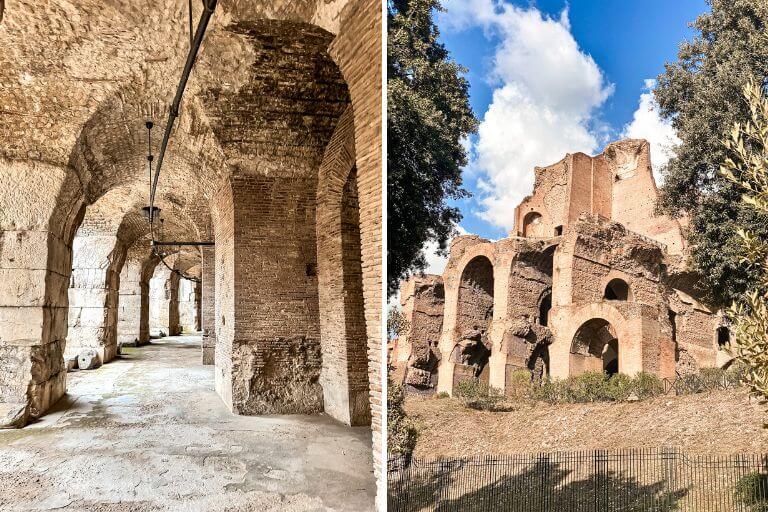
This innovation created durable, water-resistant concrete structures like sea walls, aqueducts and massive domes. Today’s engineers continue to study Roman concrete to develop longer-lasting and more sustainable materials, particularly for underwater and coastal infrastructure.
How Romans used architecture to display power
Roman emperors and generals erected triumphal arches, columns and obelisks to commemorate victories, celebrate public events, or honour imperial families. Massive amphitheatres entertained the masses and kept the public content. Grand infrastructure projects like baths, roads and temples showcased the Empire’s wealth and influence on its people and potential enemies.
Innovation in Roman construction
Innovation in building materials allowed Romans to experiment with architectural styles. This technology enabled them to build bigger, better and faster. By incorporating arches, vaults and domes, Roman architects created spectacular buildings that still inspire awe today.
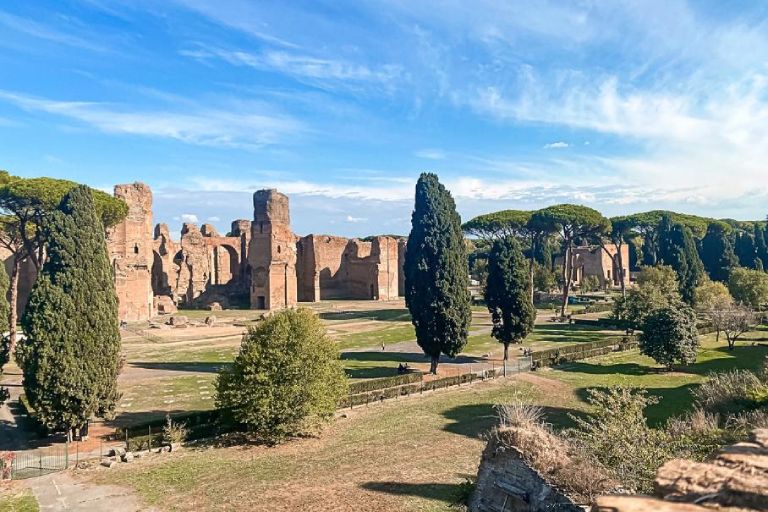
Romans borrowed Greek architectural principles but took them further. Greek structures often relied on columns and pediments, while Romans mastered arches and vaults to open up space and create grandeur with fewer support elements.
The lasting influence of Roman arches and domes
Other civilizations used arches and domes, but the Romans perfected their use and scale. Arches could support more weight than columns, allowing architects to build larger structures without sacrificing strength. This small change led to the development of bridges, aqueducts, and basilicas that spanned vast distances.
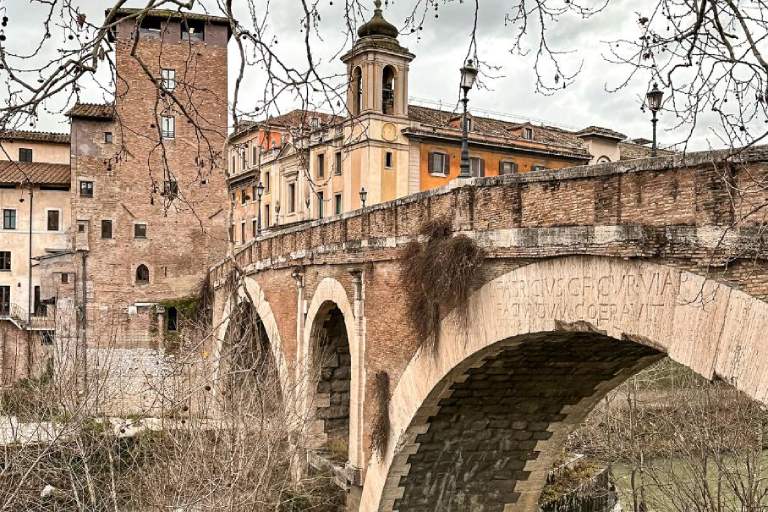
Domes created expansive, open interiors—used famously in the Pantheon. This legacy continues in modern buildings such as capitols, stadiums, cathedrals and civic halls, where arches and domes symbolize strength and unity.
The wow factor of Roman domes
Domes are designed to cover large spaces with no internal supports. The Romans incorporated this feature into their design, creating spectacular, large, open spaces. They included that design in bathhouses, temples, basilicas and other structures. The Pantheon in Rome is one of the best-preserved Roman buildings and an outstanding example of Roman construction.
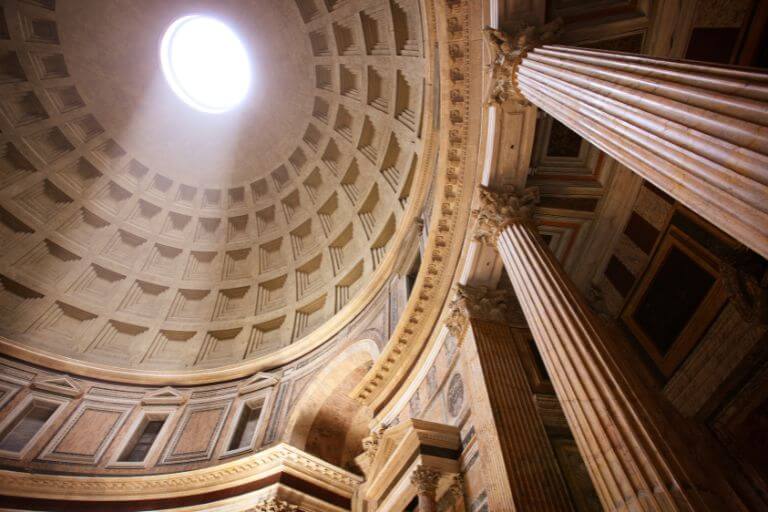
Longevity of Roman roads
Roads werenʼt a Roman invention, but the Romans perfected the concept. They were the first to construct paved roads that connected all parts of the Empire. Roman road construction was superb, so much so that Roman roads are still in use today. The road infrastructure was so extensive that it created the saying, “All roads lead to Rome.”

Many became national highways, while others were expanded and built over. Despite that, you can still find Roman roads with the original cobbles intact. The Roman road network helped build transportation networks across Europe. We have also inherited many Roman features found along the ancient roads, including hotels, restaurants and rest stops.
Ingenuity of Roman aqueducts
Aqueducts are another remarkable feat of Roman engineering. The extensive network of pipes, tunnels, bridges and canals were part of the Roman aqueduct systems. That brought fresh water to highly populated areas. The construction of aqueducts required a lot of planning and mapping, and Roman engineers incorporated gravity and natural slopes to channel the water from the source to the destination.
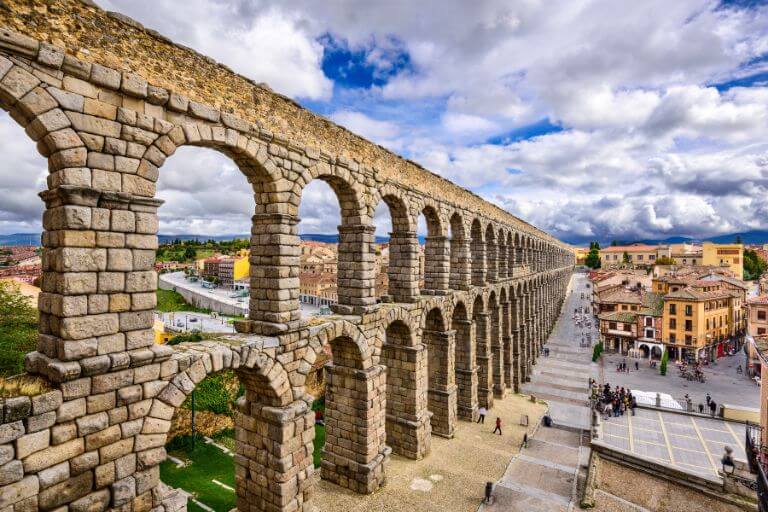
Romans didnʼt just use the water for drinking and irrigation. Aqueducts supplied water for extensive use in bathhouses, sewers, fountains and private baths. We can still see many of the structures today across valleys and rivers.
Roman sewers
Roman ingenuity also extended to mundane things like sewage and personal hygiene. It was more advanced than anything else that came before. The Roman engineers developed complex sewage systems modelled on a simpler concept used by Etruscans to drain marshes and storm runoff.

Romans had a sophisticated plumbing infrastructure that supplied water to baths, latrines and sewers. The water from bathhouses was also reused to flush drains and remove waste. Those who couldnʼt afford their own were encouraged to use public toilets and baths. It is important to note that while Roman sewage was sophisticated for its time, it was far from what we consider hygienic by modern standards.
Roman baths
Bathhouses were a significant part of Roman culture. While the baths were more of a luxury during the early days of Rome, they eventually became the norm. Public bathhouses served as health clubs and communal gathering places where you went to bathe and socialize.
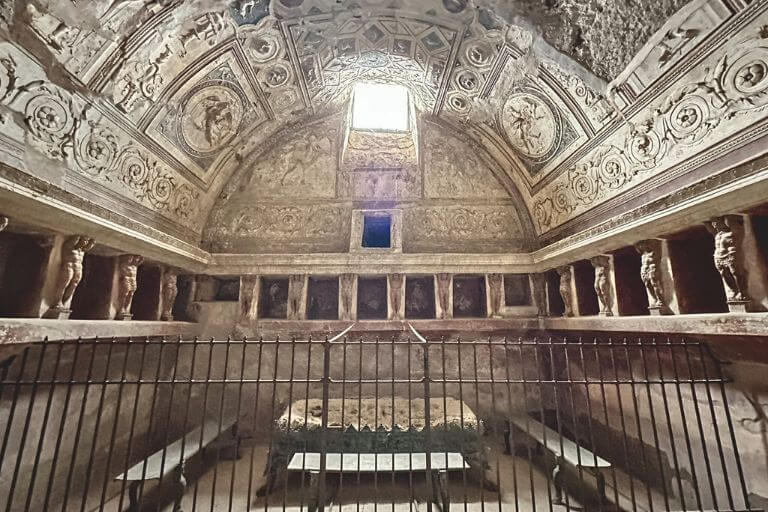
The bath complexes offered several chambers with different temperatures, swimming pools, exercise rooms and places to read and relax. The Romans incorporated under-floor heating, which provided hot and cold water to the baths, which was handy during colder days.
Roman amphitheatres
Another hallmark of Roman architecture is the amphitheatre. Like modern sports arenas and concert halls, the amphitheatres were designed to entertain the masses. They were used for mass entertainment, mainly for gladiatorial games, animal slayings and executions.

About 230 Roman theatres have been found across the territory of the Roman Empire. The best-preserved example we know today is the Flavian Amphitheater in Rome, better known as the Colosseum. It was the grandest and most spectacular of them all, and all others were modelled after it.
How Roman urban planning shaped modern cities
Romans were masters of urban planning. They constructed over 400,000 km of paved roads, enabling fast movement across the Empire. These roads often radiated out from city centres—an idea mirrored in modern transportation networks.

Cities were planned with grid systems, public squares (forums), central markets, and civic buildings. Aqueducts brought water from distant sources, allowing cities to grow where they otherwise couldn’t. Modern urban layouts still reflect this organized, service-oriented planning model.
Ancient Roman architecture influenced other architectural styles
After the fall of the Roman Empire, many Roman structures were stripped of their marble and left to the elements. Others were destroyed or repurposed. Many Roman innovations, like sewers and plumbing, were forgotten. But that wasnʼt the end of them. Interest in Roman architecture didnʼt completely go away. The Renaissance ushered in a renewed interest in the classics. Classical architecture covered Greek, Etruscan and Roman designs from which new styles evolved.
Romanesque
Romanesque architecture was all the rage sometime between the 6th and 11th centuries across medieval Europe. Inspired by Roman, Byzantine and Germanic styles, the Romanesque style gave us monasteries, churches and castles with thick walls, large towers and sturdy pillars. Arches and vaulted ceilings were still used here.
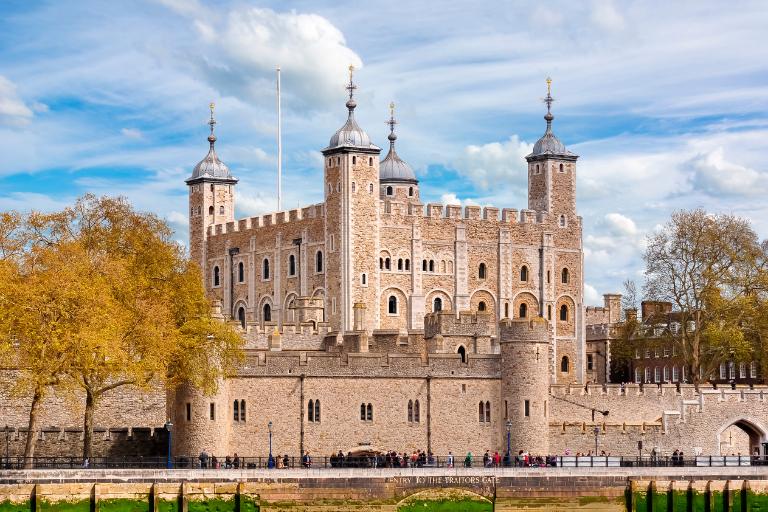
Neoclassical
The revival of Classical architecture came around the mid-18th century. During the 18th and 19th centuries, the Neoclassical style was widespread across Europe and thrived in the United States. Following the excess of the Rococo style, Neoclassicism was all about simplicity, geometric design and grandeur inspired by classical architecture. Many buildings of this time featured columns, domes and spare use of ornamentation.
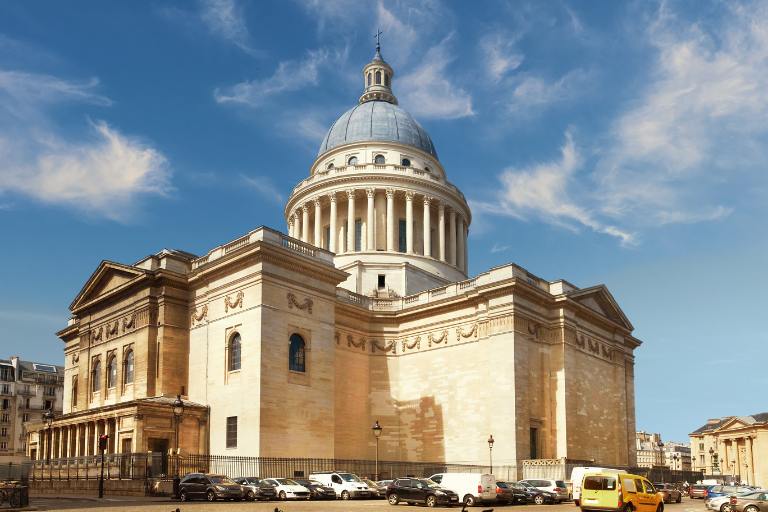
Romanesque Revival
Romanesque Revival became popular in the mid-19th century. It drew on medieval Romanesque architecture for inspiration and featured smaller and simpler arches and windows. Many churches, university buildings, prisons and public buildings of the time were built in this style.
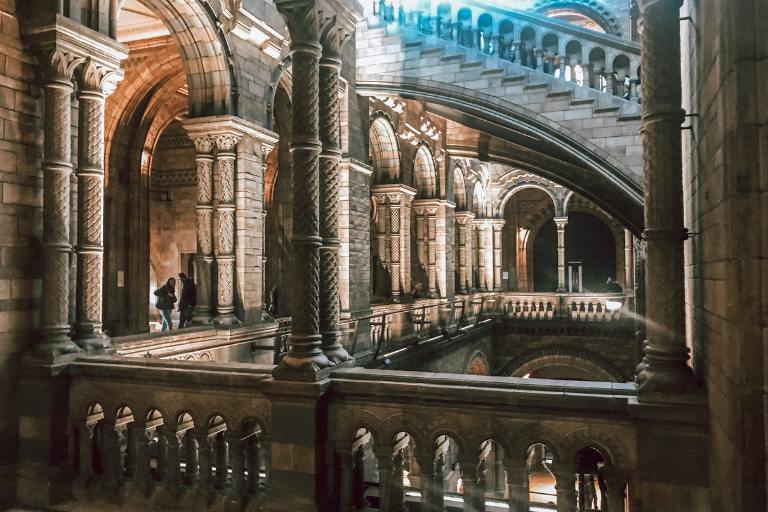
Palladian
Palladianism was influenced by the 16th-century Venetian architect Andrea Palladio. It gained popularity in Britain in the mid-17th century and returned to fashion in northern Europe and North America in the early 18th century. Palladian architecture became an evolution of Palladioʼs original concepts and relied on Classical design principles with lots of symmetry, strict proportions and unadorned exteriors.

Final thoughts on the legacy of Roman architecture
The Romans took the Greek post-and-lintel construction style and revolutionized architecture by creating the Concrete Revolution. We can admire many outstanding Roman construction projects today thanks to their ingenuity.
Even after the fall of the Roman Empire, the interest in Roman architecture never faded. Their construction prowess, style and innovation, combined with the longevity of Roman construction, have inspired builders for centuries, showing them that anything was possible.
I think the Romans would enjoy knowing that we still talk about their spectacular legacy today and how much the world has benefitted from their innovation. Would they be pleased that so many buildings and temples are still standing today, or would they be horrified at what is left of them? We can only speculate.

